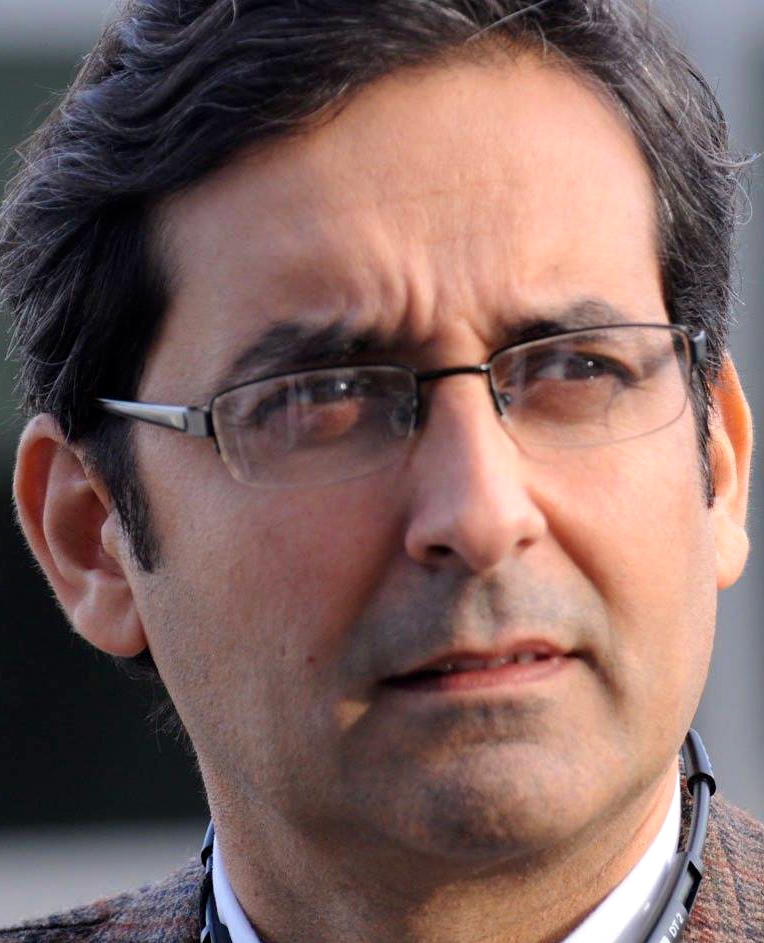 Technological Progress Is Inevitable
Technological Progress Is Inevitable
By José Luis Patiño
In recent years, certain provinces in Argentina have done away with the multiple-ballot system, and this has opened the door for companies to offer their services to enhance the electoral process. Salta was the first province to use the electronic ballot in their elections, followed by the city of Buenos Aires.
In both cases, Magic Software Argentina (MSA) obtained the contract for the job. MSA proposed a system called Vot.ar, which has become the focus of the debate between electronic-system supporters and those who prefer the traditional paper ballot.
I find myself agreeing with the first group. While I don’t necessarily favor one technological solution over another, I’m hopeful for a new system that can help restore confidence in the electoral process.
At this point, some context regarding the history of Argentina’s political system is necessary. For several years, the country was bipartisan, and political parties had the tools necessary to keep each other in check. During an election, the state would entrust respected members of the community, like school teachers, with the authority to watch over polling stations.
This all changed in 2001. A political crisis gave rise to powerful pro-government forces capable of controlling and even distorting election results, and the fragmented, weakened opposition did not have the capacity to react.
In October 2007, ballots for the country’s principal opposition party, Civic Coalition, disappeared in mass. Four years later, Santa Fe province implemented the single-ballot system to prevent this from becoming a recurring problem.
Adopting an electronic-ballot system would not only prevent ballot theft, it would also facilitate the vote count and the certification of results. In Argentina, the executive prepares the preliminary results and releases them on the day of the election to report trends and prevent more than one candidate from claiming victory. The Electoral Court then oversees the final count a few days later, which are the only valid results.
As part of the process, nearly 100,000 auditors are required to oversee polling stations throughout the country. They go through each station to verify there are no discrepancies and correct the results should they discover an error.
Where there are no auditors, mistakes mean lost votes. During the recent primary election in Buenos Aires, candidates representing the Let’s Change coalition would have lost 20,000 votes if auditors had not discovered their votes had been manually entered in the wrong box.
The electronic ballot allows for more efficient oversight. Citizens can view the window where they pass the chip through the scanner and make sure the name recorded at that moment, and the name printed on their receipt, is exactly who they wanted to vote for.
The electronic ballot also allows auditors to go through each ballot box and verity the manual count matches the digital count.
In short, I believe we must take a careful look at the bidding process and the solutions offered by the market as we pursue electoral transparency in our country.
José Luis Patiño ran for Congress in Argentina in 2013. He is a political consultant, expert in the Argentinean electoral process, and leader of the Freedom Union.
 There Is No Perfect System
There Is No Perfect System
By Rosario Pavese
EspañolThe deficiencies in our current voting system, the multiple-ballot, have rekindled debate over how to best ensure transparency and prevent fraud in the electoral process.
Within this discussion, those who favor an electronic-voting system tend to present it in almost fundamentalist manner as a sort of magical solution to all our troubles. However, this kind of change in itself will not guarantee nor preserve transparency in elections.
There is no such thing as a perfect and inviolable voting system. Any system must count on strong controls, supervision, and auditing measures. Therefore, electoral authorities must be prepared with proper standardization in the process and budgetary support.
Introducing technology into the process, without first ensuring these structures are in place, could lead to more problems than solutions. Electronic systems are often vulnerable to attacks and allow plenty of opportunities to violate the integrity of the process.
Therefore, it is important that any system preserve paper ballots as a backup and have a powerful auditory component, which should be upheld by each political party as well as the general public.
In terms of electoral systems, there is no one-size-fits-all solution. Determining the best system for any given situation requires a thorough analysis of the context in which the system would be applied.
In order for the system to be recognized as legitimate, it must be chosen through consensus among all political and social actors involved. Further, this should ideally all take place well before the election season kicks off, since making such changes while election campaigns are already underway is problematic and undesirable.
It is important as well to take note that every change comes with a cost, and not just economic. It requires accepting, learning, and adopting brand new electoral practices. Such practices should not be readjusted before each election.
Variations from system to system will only incite confusion and mistrust in the electorate, and the decision to adopt a new system must be consensual and sustainable.
At Citizen Power (Poder Ciudadano), we acknowledge that the current multiple-ballot system is obsolete.
Therefore, we urge all political parties to discuss and adopt measures that will ensure transparency in the 2015 elections, and also define a path toward a one-ballot system that can solve the problems we have faced in elections for years.
Rosario Pavese is an Argentinean political scientist who works as director of policy and government institutions at Poder Ciudadano. Follow @ropavese.
 Versión Español
Versión Español





 Technological Progress Is Inevitable
Technological Progress Is Inevitable There Is No Perfect System
There Is No Perfect System






